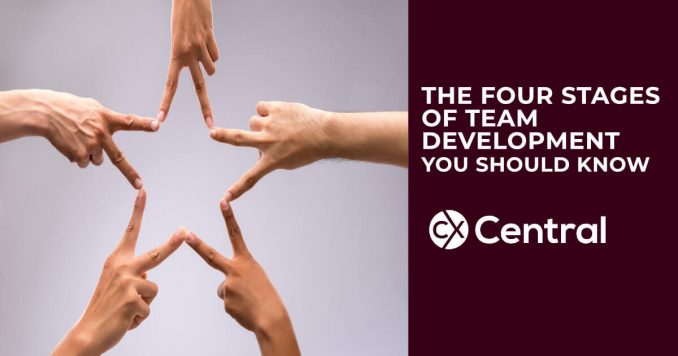
The Four Stages of Team Development
Are you aware of the four stages of team development?
According to Ed Horner, anyone who’s ever been part of a team -ad hoc, standing, special or otherwise knows the pattern; Forming, Storming, Norming and Performing.
Need it always be so?
The short answer is yes.
Any time you get a group of individuals together who are expected to pull in one direction, you can be sure that there will be some friction – at least initially.
The four stages of forming a new team
1st phase – forming
This first phase is Forming.
This is a process in which individuals learn about others, their personalities, their strength and weaknesses, their preferences, their emotional state and their default behaviours.
Everyone’s being polite and typically no one intentionally ruffles feathers. The group is just forming.
2nd phase – storming
As time (hours, days, weeks) goes by, individuals start to rub each other the wrong way.
Again, it may be nothing intentional, but feelings are going to get hurt, someone’s nose is going to get out of joint.
Team members are learning about each other.
Different working or learning styles will begin to conflict, leaders will emerge and recede and emerge again
The group may be a little lost in direction and people get frustrated.
This is the ‘storming’ stage.
3rd phase – norming
At some point, the team gets back on track – often through the efforts of a team sponsor (supervisor, facilitator or project lead)- and begins to “normalise” their relationships.
Individuals may still be hurt or feel they’re not being heard, or whatever, but the work is getting done … one way or another.
4th phase – performing
Finally, the team gels and everyone pulls together, using everyone’s strengths and abilities to get the project done.
This is the level at which everyone should be working to get the project completed – the “performing” zone.
It’s not always linear
Occasionally the team will encounter a setback – a new member of the team arrives and throws the team back into the storming or forming zone again or the project parameters alter or something comes along to disrupt the team.
Then the team has to reset and go through the stages again, hoping to get to the ‘performing” stage sooner rather than later.

These reset points may be anywhere along the curve such as point A or B on the diagram below.
Typically, an intact team that works on various projects, that is the same team working on various projects over time, might reasonably be expected to go through the four stages rather quickly on the way to getting the projects done.
When setbacks happen, the team is able to get back on track with greater speed every time.
For newly formed teams, the cycle is typically longer.
Being in a project team is a great thing and any time you can help that team get through the storming part of the process to the performing zone, then as an experienced team member, you’re doing your job well.
Form, storm, norm and perform can be counted on with almost every group of people with a job to do.
Understanding the process goes a long way towards helping manage that process.
Recommended further reading: 7 Lessons I learnt from facilitating CX values & culture workshops
Find a list of all the upcoming industry conferences, training courses, networking events and more on the Industry Events Calendar >>>
